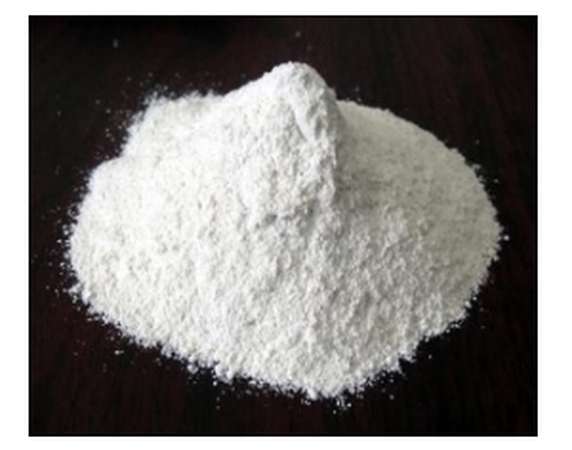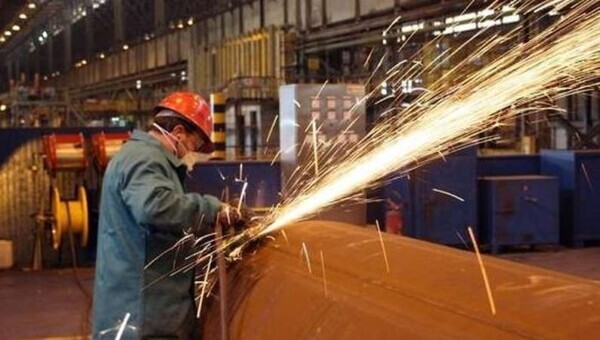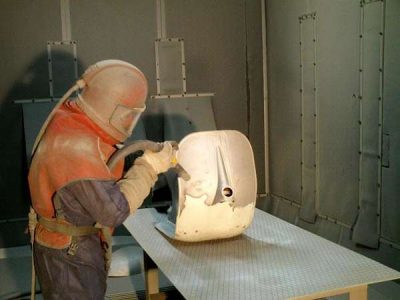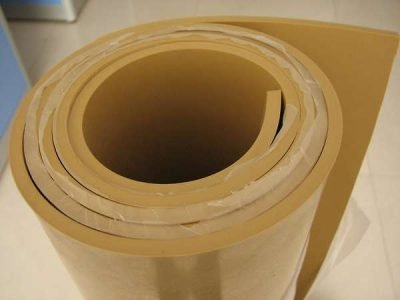Silica (SiO2) and silica powders
Find out with us the nature of this pollutant, its effects on health and how to treat it
Silica (also called silicon dioxide) is a silicon (Si) and oxygen (O) compound. In certain conditions, these two elements can merge, creating the group of silica minerals (SiO2).
This article will provide you more information on this mineral substance that is really common in nature and, all the same, can be a serious risk to the environment and health.
Silica nature

Silica is a silicon compound (Si) which, pure, appears as a white crystalline powder. It can be found in different forms:
- hydrate (diatomaceous earth);
- anhydrous (pumice stone, melted silica, quartz glass);
- crystalline (quartz, tridymite and cristobalite).
The internal disposition of the silicon and oxygen atoms can take a regular or disordered course. In the first case we speak of crystalline silica, while, in the second, we speak about free amorphous silica (hydrate or anhydrous).
Among these different shapes, the most common physical state in nature is the solid-crystalline one because silica is present in many minerals that, together with oxygen, represent the 75% of the earth’s crust. It is present in granite and sedimentary rocks (sand, radioliths and quartzites), marble and various raw minerals (such as quartz and chalk). Quartz is the primary element of many volcanic, sedimentary and metamorphic rocks and represents the most common form of crystalline silica present in nature. Cristobalite and tridymite are more rare, but are present in products used by industries.
Health effects of Silica
Crystalline forms of silica were studied in the past because they are more dangerous to health and responsible for pathologically disabling diseases.
Minerals and rocks described above do not represent any kind of problem until they remain intact, but we can not say the same when they are subjected to processing. In case of cutting, grinding and/or crushing operations, in fact, the process will led to the production of powders which, if inhaled, will damage lung tissues and can cause serious damage to health.
Among the illnesses caused by inhalation of these powders, the most common is silicosis: lung disease responsible for pulmonary granulomatosis (presence of granulomas in the lungs) and pulmonary fibrosis (healing of pulmonary tissue which insert between alveolus).
Workers can be exposed at high risk of contracting this disease if they:
- work in mines and quarries in contact with minerals, rocks, granite and sand;
- work in foundries and cement factories;
- work with potters and glaziers.

Depending on the duration of exposure to silica powders and inhaled quantities, silicosis may occur in more or less severe forms ranging from chronic (the most common form, occurring after a 15-20 year of exposure to low levels of silica) to acute (occurring after inhalation of high levels of silica powder, even for few years). The main symptoms of this illness are respiratory problems, fever and bronchitis, but there are several complications of silicosis that often have a fatal outcome.
Among the factors that influence the arise of the illness, we have:
- type and frequency of processing;
- used materials;
- dust control systems
Let’s look at this latter aspect together
Silica dust treatment technologies
We have analyzed the nature of silica and the negative effects it may have on human health, but how can we face this problem? To answer properly this question we have to consider two factors:
- concentration and size of silica powder
- the abrasive nature of the pollutant
Silica powder can have different sizes, depending on the type of processing, so it can be treated with all the technologies that are suitable for an effective abatement, such as:
- Cyclones and multicyclones = used as pre-abatement systems for coarse powders
- Bags and cartridge filters = the optimal solution for fine and ultra fine dust treatment

An example can be found referring to the metal blasting process, performed grind, clean and polish metal and/or steel surfaces before painting. This process involves the use of silica sand because, due to its abrasive behaviour, it removes easily rust, past varnishes and other foreign substances. Blasting, however, involves the dispersion of dust particles into the environment, which, if inhaled, can severely harm the health of the operators. For this reason, it is advisable to provide an adequate aspiration and abatement system that, through the following steps, can protect the working environment:
- aspiration = dust is sucked directly to the source through the use of suction hoods;
- pre-abatement = coarse particles captured in the previous phase are pre-treated by cyclones – multicyclones separators;
- filtration = fine and ultrafine powders are treated tusing of special filters.
As we have seen, methods of treating silica powders may vary depending on:
- the process generating dust
- granulometry of the pollutant
Moreover, it’s very important to consider the abrasive nature of the silica. For this reason, the entire system has to be made with thicker and wear resistant materials that can withstand the abrasion process.
In detail, more attention must be paid to curves design and path variations as the abrasive factor is highlighted in the outer strip, accentuating the risk of wear. Tecnosida designs its silica dust suction systems with various solutions to avoid this abrasion phenomenon. In particular, the internal walls of the various components (cyclones, multicyclones, filters and all technologies suitable for this application) can be coated with anti-abrasion rubber or made directly with specific creosote sheet. The first one is a very durable rubber that can protect components from the silica abrasive factor, while the second one is a specific metal that lasts more than eight times than Fe430 steel. This difference in resistance is due to the fact that the matrix in question has very harsh microcarbons which make it exceptionally resistant to abrasion.
Contact Tecnosida to receive more information and follow our blog for new updates!
